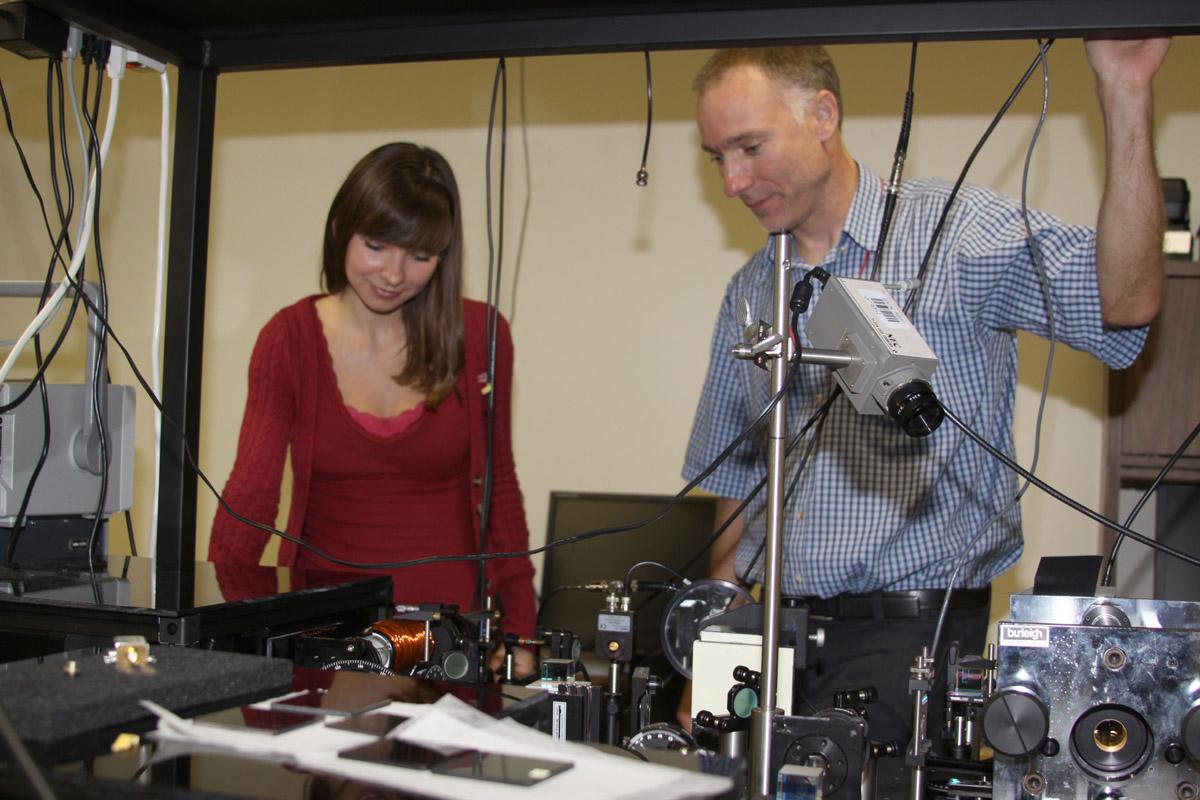Optical Engineers
Overview

Introduction
Optical engineers apply the concepts of optics to research, design, and develop applications in a broad range of areas. Optics, which involves the properties of light and how it interacts with matter, is a branch of physics and engineering. Optical engineers study the way light is produced, transmitted, detected, and measured to determine ways it can be used and to build devices using optical technology.
Quick Facts
Median Salary
Employment Prospects
Minimum Education Level
Experience
Skills
Personality Traits
Earnings
According to the U.S. Department of Labor, the median annual earnings of "Engineers, All Other," which includes engineers who specialize in optics, fiber optics, lasers, and photonics, were $99,040 in May 2019. The lowest paid 10 percent earned less than $53,730, and the highest paid 10 percent earned $158,830 or more.
Optics engineers can expect to be paid highly for their expertise, pa...
Work Environment
Optical engineers generally work in comfortable surroundings—usually offices or laboratories. Most facilities are equipped with modern equipment and computer workstations. Most engineers work five-day, 40-hour weeks, although overtime is not unusual, particularly when working on a special project. Some companies offer flexible work policies in which engineers can schedule their own hours within...
Outlook
Employment of optical engineers is expected to grow by 4 percent, about as fast as the average for all occupations, through 2028, according to the U.S. Department of Labor. Applications that utilize optics technology are growing steadily and should provide opportunities in many different industries. The use of fiber optics in telecommunications is expanding, providing opportunities for engineer...
